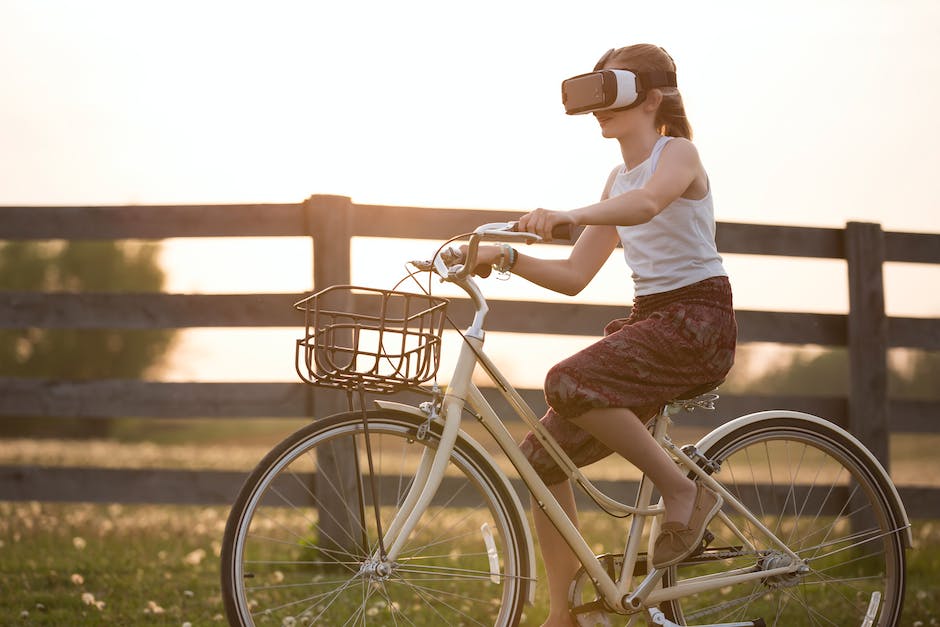Welcome to an exciting journey into the immersive world of virtual reality simulations! With cutting-edge technology at our fingertips, we have the power to transport ourselves to new dimensions and experience a whole new level of realism. But what exactly makes virtual reality so captivating? How does it work? Let’s find out in detail in the article below. Get ready to dive in and explore the wonders of this transformative tech – I’ll tell you exactly what you need to know!
Diving into the Immersive World of Virtual Reality Simulations: Exploring the Cutting-Edge Tech that Transports You to New Dimensions
1. The Fascination of Virtual Reality
Virtual reality has taken the world by storm, captivating people of all ages and backgrounds. The reason behind its widespread fascination lies in the immersive experience it offers. Unlike any other medium, virtual reality has the power to transport us to new dimensions, making us feel like we are physically present in a different reality.
2. How Virtual Reality Works
2.1 Creating a Virtual Environment
To understand how virtual reality works, let’s start from the basics. Virtual reality is created through the combination of hardware and software. Specialized headsets, like the Oculus Rift or HTC Vive, are worn by users to enter the virtual world. These headsets are equipped with high-resolution screens that display a 3D environment.
2.2 Head and Motion Tracking
Once the user wears the headset, head tracking technology allows the system to track their movements and adjust the viewing perspective accordingly. This is crucial in creating a sense of immersion as users can freely look around and explore the virtual environment.
Additionally, motion tracking devices, such as handheld controllers or sensors, enable users to interact with objects or navigate within the virtual space. These devices capture the user’s hand movements and translate them into actions, making the experience even more interactive and realistic.
2.3 Rendering Realistic Graphics
To achieve realism in virtual reality simulations, powerful computers with advanced graphics processing units (GPUs) are used. These GPUs render the high-resolution graphics and smooth animations needed to create a visually stunning virtual world.
2.4 Simulating Sound and Sensations
To further enhance the immersive experience, virtual reality systems incorporate 3D audio technology. This technology creates a soundscape that matches the virtual environment, making it feel more lifelike and believable. Some advanced systems even enable haptic feedback, allowing users to feel physical sensations through specialized gloves or suits.
3. Applications of Virtual Reality
3.1 Gaming and Entertainment
One of the most popular applications of virtual reality is gaming. Virtual reality gaming provides an unprecedented level of immersion, placing players right in the heart of the action. Whether exploring fantastical realms or engaging in thrilling adventures, gamers can have a truly immersive experience like never before.
3.2 Training and Simulation
Virtual reality is also extensively used for training and simulation purposes. From military training to medical simulations, virtual reality offers a safe and controlled environment for individuals to practice and gain experience. It allows for realistic scenarios to be recreated, providing trainees with valuable hands-on learning opportunities.
3.3 Mental Health and Therapy
Virtual reality has shown great potential in the field of mental health and therapy. It can be used to create immersive environments that help individuals manage anxiety, phobias, and PTSD. By gradually exposing patients to their fears in a virtual setting, therapists can provide a controlled and gradual approach to treatment.
4. The Future of Virtual Reality
Virtual reality has come a long way, but there is still much to explore and develop. As technology continues to advance, we can expect more realistic and immersive experiences in the future. Here are a few areas where virtual reality is expected to make significant advancements:
4.1 Enhanced Graphics and Realism
As graphics technology evolves, virtual reality simulations will become even more visually stunning and realistic. Improved rendering techniques and higher resolution displays will create a more immersive environment, blurring the line between reality and virtuality.
4.2 Wireless and Mobile Applications
One of the limitations of current virtual reality systems is the need for wires connecting the headset to a computer. However, advancements in wireless technology will soon eliminate this constraint, making virtual reality more accessible and mobile. This opens up opportunities for virtual reality experiences on-the-go, such as exploring virtual worlds through smartphones or portable devices.
4.3 Social and Collaborative Experiences
Virtual reality has the potential to revolutionize social interactions by allowing people to connect in immersive virtual spaces. Imagine attending a concert or visiting a museum with friends from different parts of the world, all from the comfort of your own home.
In conclusion, virtual reality simulations have ushered in a new era of experiences and possibilities. Through the combination of cutting-edge technology and human imagination, we can explore new dimensions, enhance learning, and even improve mental health. As virtual reality continues to evolve, there is no doubt that it will reshape various industries and become an integral part of our lives. So, get ready to dive in and immerse yourself in the wonders of virtual reality!
Additional Information
1. Virtual reality offers an immersive experience that transports users to new dimensions, creating the sensation of being physically present in a different reality.
2. Virtual reality is created through the combination of specialized hardware and software, including high-resolution headsets, motion tracking devices, and powerful computers for rendering realistic graphics and simulating sound and sensations.
3. Virtual reality has applications in gaming and entertainment, training and simulation, and mental health and therapy.
4. The future of virtual reality holds advancements in graphics and realism, wireless and mobile applications, and social and collaborative experiences.
5. Virtual reality simulations have the potential to reshape various industries and become an integral part of our lives, offering new experiences and possibilities.

